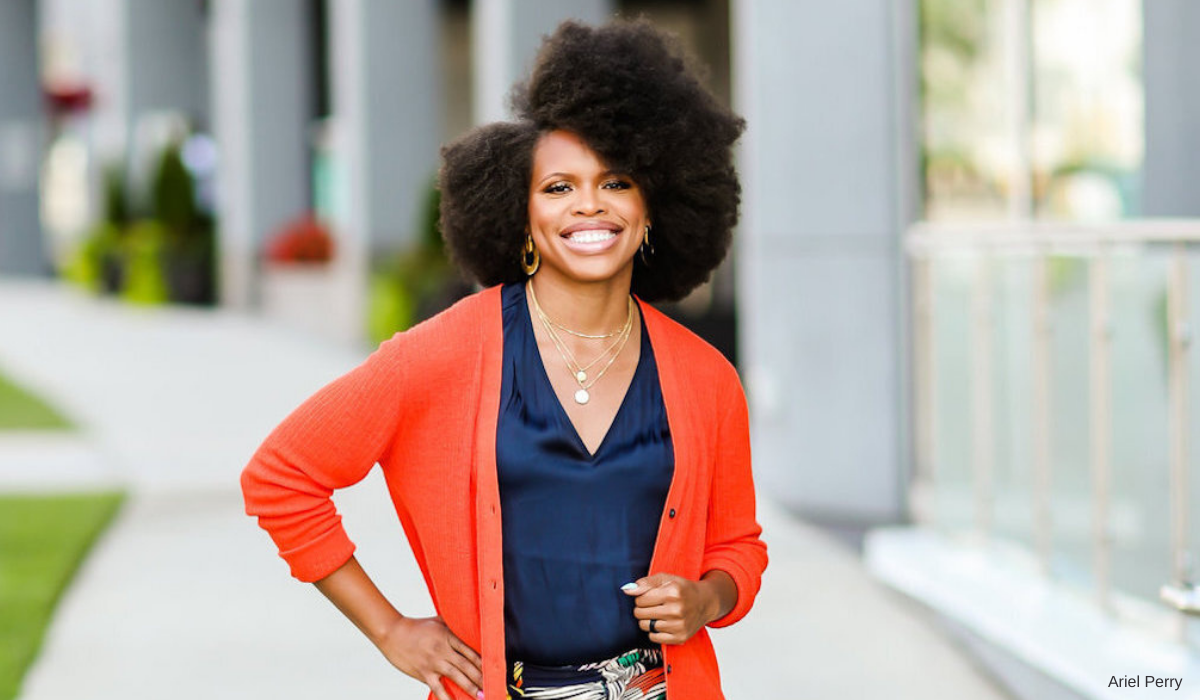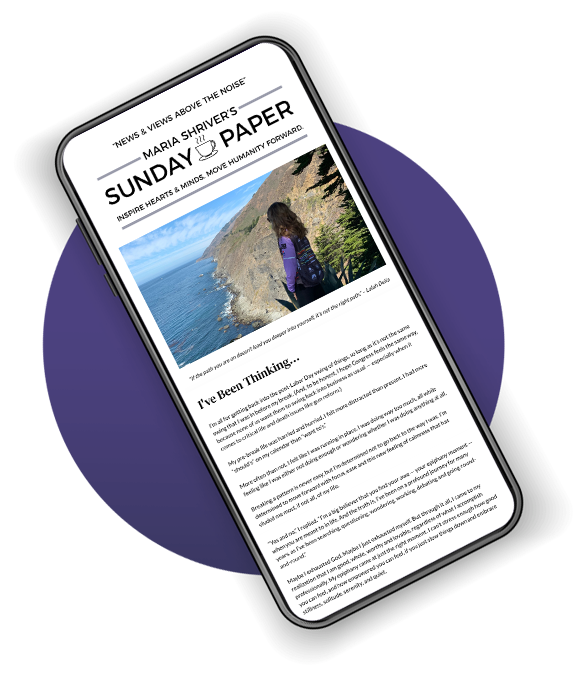Boundaries Will Set You Free

I’ve been a therapist for fourteen years. People don’t come to therapy knowing they have boundary issues. When they walk in the door, boundary issues are disguised as issues with self-care, conflicts with other people, trouble with time management, or concerns about how social media impacts their emotional state.
Once they finish their tales of resentment, unhappiness, feeling overwhelmed, and cod pendency, I say to them gently, “You have an issue with boundaries.” With that, we begin the work of uncovering boundary violations, learning to communicate boundaries to others, and dealing with the aftermath of setting boundaries. Yes, there’s aftermath when dealing with the discomfort and guilt that comes from asserting yourself.
Instagram has become a space for me to post a lot of what I see as a result of boundary issues. My Instagram post “Signs That You Need Boundaries” went viral.
Signs that You Need Boundaries:
- You feel overwhelmed.
- You feel resentment toward people for asking for your help.
- You avoid phone calls and interactions with people you think might ask for something.
- You make comments about helping people and getting nothing in return.
- You feel burned out.
- You frequently daydream about dropping everything and disappearing.
- You have no time for yourself.
The overwhelming response I see to these posts online shows me how much people relate to the need for boundaries. My direct messages overflow with notes like “Boundary issue, please help!” Weekly, I host Instagram Q&As, and 85 percent of the questions pertain to boundaries.
I receive questions like:
“My friends get drunk every week, and it makes me uncomfortable when I hang out with them. What can I do?”
“I can’t stop saying yes to my brother, who constantly asks to borrow money.”
“My parents want me to come home for the holidays. I want to go to my partner’s family’s house instead. How do I tell them?”
Answering all the questions I get on Instagram is impossible. Week after week, people have more questions about their struggles with communication in relationships. I’ve uncovered a bottomless pit of boundary issues! I knew that the only way to help more people sort through these problems was to compile the strategies I’ve learned into a book. And these don’t come just from my online and client work—I’ve had my own troubles with boundaries nearly my entire life. I continue to work on this every day, so I personally understand the deep importance of establishing healthy limits.
On most days, I ask a poll question on my Instagram Stories. Taking polls has been a fun way to learn from my community. At times I’m shocked by the results. Like the time I asked, “Are your expectations of your father different from the expectations you have for your mother?” Over 60 percent of people said no. I was shocked, because moms (I’m one) talk about expectations weighing more heavily on mothers. But the people of Instagram seemed to believe that both parents are equally as important. Sprinkled throughout this book you’ll find my Instagram polls and results.
Like most people, I have found that my family relationships have been the most challenging for me in which to set boundaries. Family systems have unspoken rules of engagement. If you want to feel guilty, set a limit with your family.
Last year, I received a text from a relative calling on me to help them fix someone. I knew I’d grown when I wrote back, “This is not my job. And it’s not your job either.” After many years of trying to save the same person, I quit. It’s not my job to save people. It’s not my job to fix people. I can help people, but I can’t fix them. At that moment, I was proud of my boundaries and how far I’ve come in my ability to honor them. Through trial and error, I’ve learned, “If you don’t like something, do something about it.” I had assumed that I had to accept things and help people, even if it harmed me. I did not want to disappoint others. This reflects the number one reason that people avoid setting boundaries: fear of someone getting mad at them.
Fear is not rooted in fact. Fear is rooted in negative thoughts and the story lines in our heads. Over the years, I learned that when people need my help, they have to recognize the issue and request assistance. And I have to be able and willing to help them. It took years for me to realize that I wasn’t helping people by “fixing” them. I was getting in the way of them doing the work that they needed to do for themselves.
Throughout this book, you will learn about more of my boundary fails and triumphs. It isn’t easy to set limits, especially with the people we love. It may seem far worse to risk making someone mad than to have an uncomfortable conversation. But oh, the relationships I could have saved if only I had said something! Sometimes those things were big: “I will not be around you when you’re drinking.” And
sometimes small: “Please take your shoes off when you come in my house.” But they all mattered.
People don’t know what you want. It’s your job to make it clear. Clarity saves relationships.
This book presents a clearly outlined formula for knowing when you have a boundary issue, communicating the need for a boundary, and following it up with action. This process isn’t always pretty.
Communicating what you want and need is tough at first. And deal- ing with what comes after can be downright uncomfortable. But the more you do it, the easier it gets—especially when you experience the peace of mind that follows.
- You don’t take yourself seriously.
- You don’t hold people accountable.
- You apologize for setting boundaries.
- You allow too much flexibility.
- You speak in uncertain terms.
- You haven’t verbalized your boundaries (they’re all in your head)
- You assume that stating your boundaries once is enough.
- You assume that people will figure out what you want and need based on how you act when they violate a boundary.
For fourteen years, I’ve been honored to help people make sense of their relationships and find the courage to create healthy relationships. In these pages, you will read stories to help you curate a deeper understanding of how boundary issues appear in real life. They are fictionalized versions of my interactions with clients. All names, identifying facts, and details have been changed to maintain anonymity. I hope you find yourself in these stories of others and learn how to shift your relationships.
Sometimes we know we need to set boundaries, but we have no clue how or where to start. This book serves as a guide to the benefits of limits and the hard work of setting expectations as you maintain your values in your relationships. Because we often don’t know exactly how to express what we need, I’ve included wording suggestions. Feel free to use mine or practice your own phrases. Each chapter offers reflection questions or exercises to help you develop a deeper understanding of the material.
Excerpted from SET BOUNDARIES, FIND PEACE, by Nedra Glover Tawwab, published by TarcherPerigee, an imprint of Penguin Publishing Group, a division of Penguin Random House, LLC. Copyright © 2021 by Nedra Glover Tawwab.
This excerpt was featured in the March 17, 2021 Midweek edition of The Sunday Paper. The Sunday Paper publishes News and Views that Rise Above the Noise and Inspires Hearts and Minds. To get The Sunday Paper delivered to your inbox each Sunday morning for free, click here to subscribe.


